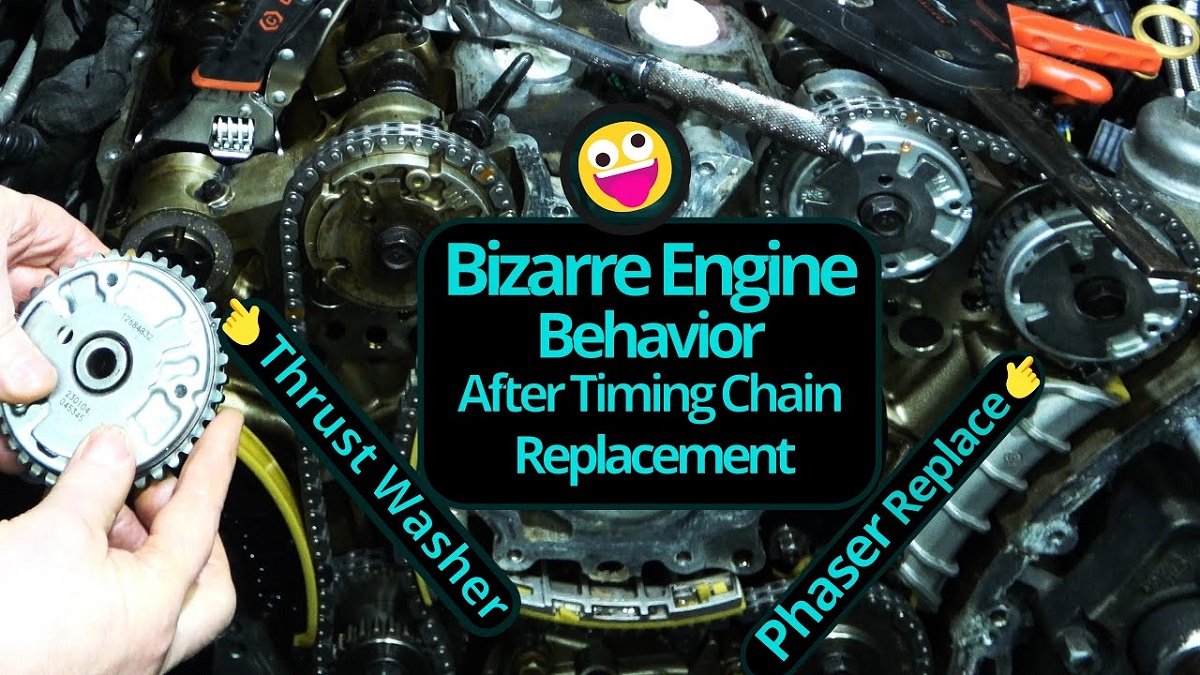The General Motors 3.6L V6 engine, commonly known as the 3.6 Ecotec Phaser Delete, has gained a reputation for being a reliable and versatile powerplant used in a variety of vehicles. Found in models ranging from Cadillacs and Chevrolets to Buicks and GMCs, this engine has become a favorite for its balance of power, efficiency, and refinement. However, like any complex engine, the 3.6 Ecotec is not without its challenges. One of the issues that often arise is related to its variable valve timing (VVT) system, which relies heavily on camshaft phasers. For those experiencing consistent problems with this system, a phaser delete might be a solution worth considering.
What Are Camshaft Phasers?
Camshaft phasers are a critical component of the variable valve timing system in modern engines, including the 3.6 Ecotec. Their primary role is to adjust the position of the camshaft relative to the crankshaft. This allows the engine to optimize valve timing for different operating conditions, improving power, fuel efficiency, and emissions.
While the VVT system offers significant benefits, the phasers themselves can become problematic over time. They rely on precise oil pressure and electronic controls to function properly. If there are issues with oil supply, contamination, or the phasers’ internal components, it can lead to symptoms like:
- Engine misfires
- Rough idling
- Reduced performance
- Check engine light activation (often throwing VVT-related codes)
What Is a Phaser Delete?
A phaser delete kit replaces the problematic camshaft phasers with fixed components that lock the camshaft into a single timing position. This effectively disables the variable valve timing feature of the engine. While this means you lose the performance and efficiency benefits of VVT, it also eliminates the potential for phaser-related failures and simplifies the engine’s operation.
Reasons to Consider a Phaser Delete
- Persistent Issues with VVT System: If you’ve faced repeated problems with camshaft phasers, such as failures or poor performance, a phaser delete can provide a permanent solution.
- Cost of Repairs: Replacing camshaft phasers and repairing the VVT system can be expensive, especially if the issue reoccurs. A phaser delete kit is often a more cost-effective alternative.
- Simplicity and Reliability: By removing the VVT system, you reduce the complexity of the engine. This can lead to fewer potential points of failure and easier maintenance.
- Performance Tuning: For some enthusiasts, disabling VVT can simplify engine tuning. With fixed cam timing, it’s easier to fine-tune the engine for specific performance goals.
Potential Drawbacks
Before committing to a phaser delete, it’s essential to consider the downsides:
- Loss of Efficiency: The VVT system’s ability to optimize valve timing is a key factor in the 3.6 Ecotec’s fuel efficiency. Disabling it will likely result in reduced fuel economy.
- Reduced Power Band: Without VVT, the engine’s power delivery may feel less responsive at low RPMs or in specific driving conditions.
- Check Engine Light: Disabling the VVT system will often trigger the check engine light unless the engine control module (ECM) is reprogrammed to account for the modification.
- Emissions Compliance: The 3.6 Ecotec’s emissions performance relies partly on the VVT system. A phaser delete may make your vehicle non-compliant with emissions regulations in certain regions.
Installation Process
Installing a phaser delete kit is a significant modification that typically requires mechanical expertise. Here’s a general overview of the process:
- Disassemble the Engine: Accessing the camshaft phasers requires removing components like the valve covers, timing chain cover, and timing chain.
- Install the Delete Components: Replace the camshaft phasers with the fixed components provided in the delete kit. Ensure all components are installed securely and align correctly.
- Reassemble the Engine: Reinstall the timing chain, covers, and other components. Replace gaskets as needed to prevent leaks.
- ECM Reprogramming: To avoid a check engine light and optimize performance, the ECM should be reprogrammed by a professional tuner to account for the lack of VVT.
Is a Phaser Delete Right for You?
Whether a phaser delete is the right choice depends on your priorities and the condition of your engine. If you’re dealing with persistent VVT issues and prioritize reliability over fuel efficiency and emissions compliance, a phaser delete can be a worthwhile solution. However, if your VVT system is functioning well, it’s usually better to maintain it to retain the full performance and efficiency benefits of the 3.6 Ecotec.
Conclusion
The 3.6 Ecotec Phaser Delete is a modern, capable engine, but like all advanced powerplants, it comes with its quirks. For those struggling with VVT-related problems, a phaser delete offers a straightforward way to simplify the engine and improve reliability. By understanding the trade-offs and consulting with a qualified mechanic or tuner, you can make an informed decision about whether this modification is right for your vehicle.











